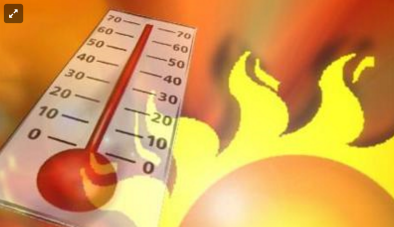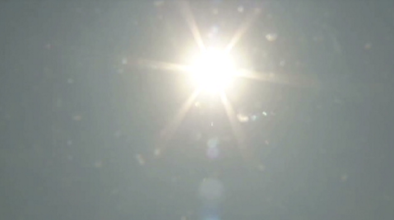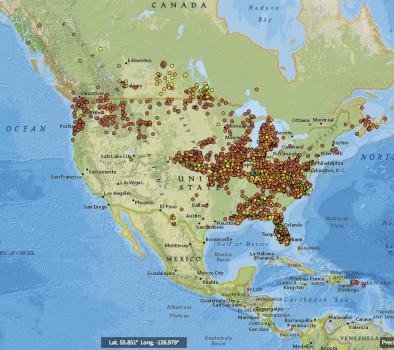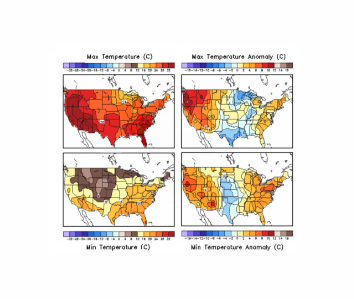Central Southern US Heat Wave June 2016
A hot and humid weather pattern associated with upper level high pressure and moist air from the Gulf has led to unusually hot temperatures across the South Central US in late-spring. Heat index values, which measure how hot it feels due to the combined effect of heat and humidity, led to heat advisories in Alabama, Tennessee, and Iowa.
Global warming amplifies the intensity, duration and frequency of extreme heat events by increasing air humidity and mean temperatures.

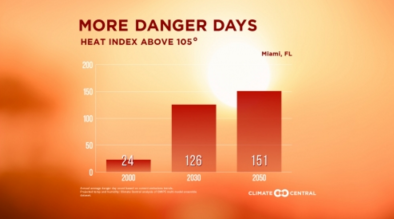
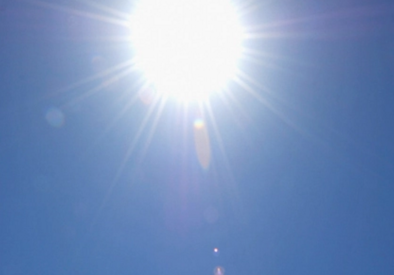
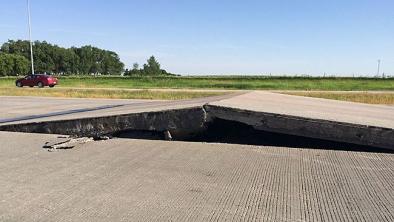
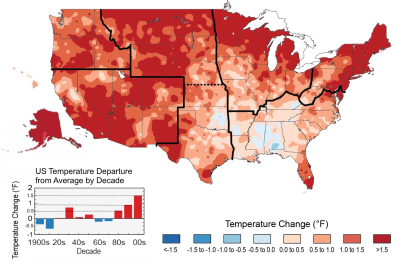
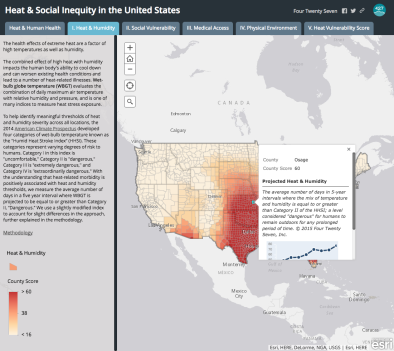
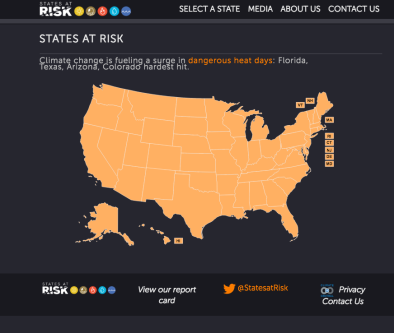
Heat indices in the South Central US entered the triple digits, and it's not even summer
The astronomical summer doesn't start until the solstice on June 21, but some states in the South Central US have already experienced August-like heat,[1] with the heat index—the "real feel" temperature, which combines heat and humidity—reaching 100°F in Iowa, Alabama, and Tennessee. Nashville, Tennessee—where temperatures reached 10°F above normal for the season—set an all time daily high for June 13 after the thermometer topped 97°F.[2]
In the United States, exposure to extreme heat is already a significant public health problem and a leading cause of weather-related mortality.[3] New record high temperatures now regularly outnumber new record lows by a ratio of 2:1,[4] and in the 365 days proceeding the heat event, new record highs outnumbered record lows by a ratio of over 4:1.[5] This trend is one of the clearest signals of climate change that we experience directly.
Climate change increases the probability of extreme heat events
Even a small-seeming change in average global temperature leads to dramatic regional changes in extreme events. Because of the way global warming shifts the climate, the most extreme events are the events most affected by climate change. The frequency of the extreme heat events are escalating dramatically. The impact on even moderate events is dramatic, with seventy-five percent of moderate heat events now due to climate change.[8]
A January 2015 study found that during the period 1973-2012, many urban areas across the globe experienced significant increases in the number of heat waves, with the largest number of heat waves occurring in the most recent decade studied, 2003-2012.[6] Due to global warming, rare extreme heat events now impact a percentage of the globe 10 times greater than they did from 1951-1980.[7]
Climate change driving humid heat waves, elevating the risk of heat stress
Climate change is amplifying the intensity of extreme heat through increased humidity. A warmer atmosphere can hold more water vapor, and the global atmosphere has become moister due to warming.
The fingerprint of climate change has been found in the increase of wet bulb temperature since 1973, driving heat stress globally and in most land regions analyzed.[8] The northern hemisphere is tending toward increasingly warmer and more humid summers, and the global area covered by extreme water vapor is increasing significantly.[11]
Due in part to increasing humidity, there has also been a dramatic increase in nighttime temperatures in the US, reducing the number of critically important relief windows during heat waves.[9]
Climate change will continue to amplify extreme heat events in the future
A February 2016 study investigating the probability that summer temperatures any year during the period 2061-2081 will be warmer than the hottest on record during 1920-2014 finds an 80 percent likelihood should high levels of greenhouse gas emissions continue (RCP 8.5) and a 41 percent likelihood should emissions peak around mid-century (RCP 4.5).[10]
As temperatures continue to increase due to climate change, heat stress is expected to worsen.[3]
Related Content
